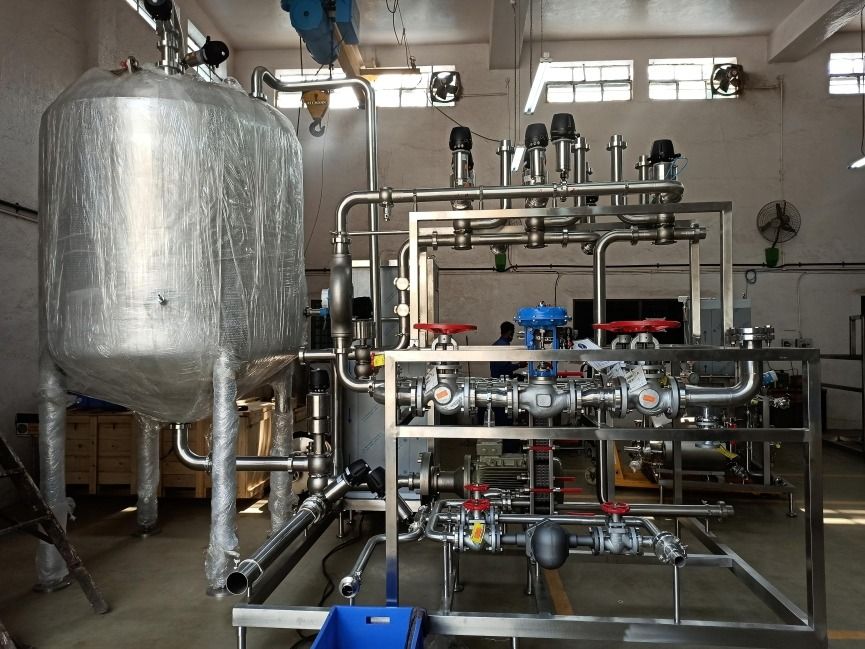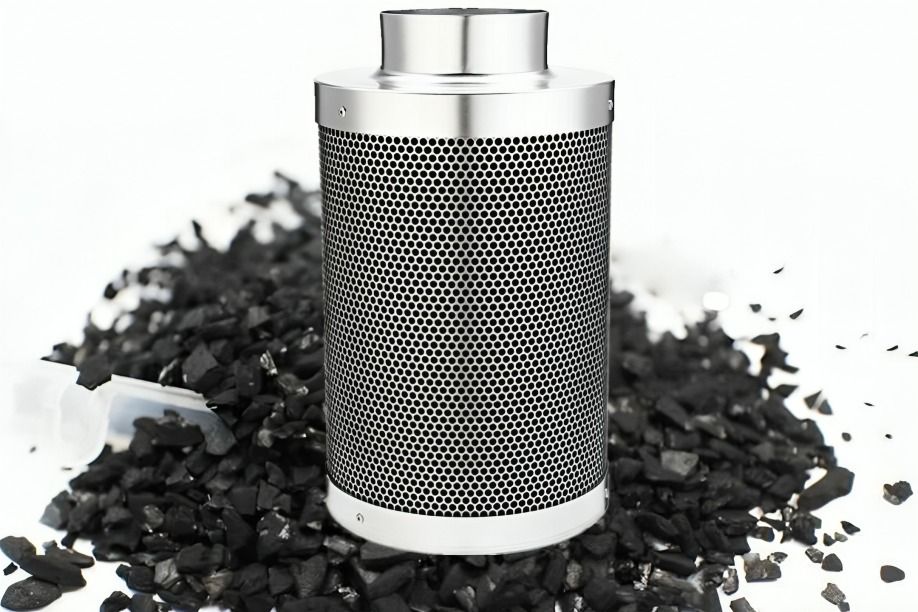
“
Water disinfection is crucial for ensuring the safety and quality of drinking water. In this article, we present 15 essential facts about water disinfection, including various methods and their effectiveness. Understanding these facts can help you make informed decisions about water purification in your home or community.1
1
”
Water disinfection involves removing, deactivating, or killing pathogenic microorganisms, halting their growth and reproduction. Effective disinfection ensures that harmful microbes are eliminated from drinking water. 1
Disinfection often disrupts microorganisms through cell wall corrosion, changes in cell permeability, or alterations in enzyme activity, preventing their multiplication and leading to their death. 2
Approximately 2.2 billion people worldwide still lack access to safely managed drinking water. This ongoing challenge highlights the need for increased efforts and investment in water infrastructure and sanitation to ensure clean, safe drinking water for everyone. 3
Every day, more than 1,000 children under the age of 5 die from diseases related to unsafe water, inadequate sanitation, and poor hygiene. This issue contributes to approximately 1.4 million deaths annually. 4

Chlorination, one of the oldest disinfection methods, has been used since the early 20th century. It works by adding chlorine to water, which kills microorganisms through oxidation. Despite its effectiveness, it can sometimes produce harmful byproducts.
Ultraviolet (UV) light disinfection uses high-intensity UV rays to inactivate microorganisms. This method doesn't involve chemicals, making it an environmentally friendly option.It is highly effective against bacteria, viruses, and protozoa. 5
Ozone disinfection involves adding ozone gas to water, which acts as a powerful oxidizing agent. This method not only kills microorganisms but also removes organic contaminants. It is a versatile option used in both municipal and industrial settings. 6
Water disinfection with iodine is commonly used in portable water purification systems for outdoor activities. Iodine tablets or drops effectively kill bacteria and viruses, though they can leave an unpleasant taste. 7
In rural and developing areas, solar disinfection (SODIS) uses sunlight to purify water. By exposing water-filled bottles to sunlight, UV rays and heat eliminate harmful microorganisms. This low-cost method is effective and sustainable. 8

Activated carbon filters, while primarily used for removing contaminants and improving taste, also help in reducing microbial contamination. They work by adsorbing impurities and microorganisms onto the carbon surface.
Boiling water is a simple yet effective method of disinfection. By heating water to a rolling boil, harmful microorganisms are killed. This method is widely used in emergency situations and in areas without access to advanced purification systems.9
Photo-oxidation involves using light energy to drive oxidation reactions that disinfect water. This method can be combined with photocatalysts like titanium dioxide to enhance its effectiveness against a broad range of contaminants.10
Water disinfection using natural coagulants like moringa seeds can help remove microorganisms. These seeds contain natural proteins that bind with contaminants, facilitating their removal through sedimentation. 11
Insect larvae and eggs in water can be controlled through the use of biological agents like Bacillus thuringiensis. This bacterium targets and kills larvae without affecting other organisms, providing a natural method of disinfection. 12
Ozone is a more powerful disinfectant than chlorine and can kill bacteria, viruses, and protozoa without leaving any harmful chemical residues in the water. 13


